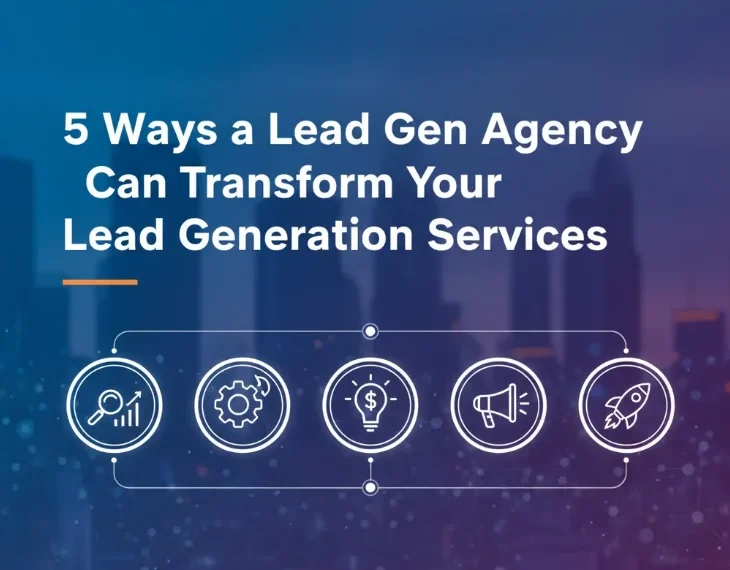In today’s competitive digital landscape, having a solid marketing strategy is essential for the success of your online business. With the right approach, you can increase your visibility, build brand awareness, and drive sustainable growth. But where do you start? In this guide, we will walk you through the key steps to develop the perfect marketing strategies tailored to your business needs.
Define Your Business Goals and KPIs
Before diving into marketing tactics, it’s crucial to define your business goals and set key performance indicators (KPIs). Without clear goals, your efforts may become scattered, making it difficult to track your progress.
Start by identifying both short-term and long-term goals. Short-term goals might include increasing website traffic or generating leads, while long-term goals could focus on scaling your business, improving customer retention, or expanding your market share.
Once you’ve set your goals, determine the KPIs you’ll use to measure your success. For instance, if your goal is to drive more traffic, KPIs could include organic search rankings, referral traffic, or social media engagement. If your goal is sales, focus on conversion rates and average order value.
Understand Your Target Audience
Understanding your target audience is the foundation of any successful marketing strategy. To create meaningful connections, you need to know who you’re talking to, what their needs are, and where they spend their time online.
Start by conducting market research. You can use surveys, customer interviews, and social media polls to gather insights. Tools like Google Analytics and social media insights are also invaluable for understanding your audience’s behavior.
Once you have the data, create buyer personas—fictional representations of your ideal customers. These personas should include demographics, interests, pain points, and motivations. Knowing this information will help you craft personalized marketing messages that resonate with your audience.
Analyze Your Competition
Knowing what your competitors are doing helps you identify opportunities and avoid mistakes. Analyze their marketing strategies to understand what works and what doesn’t. This will give you a benchmark and a competitive edge.
Use tools like SEMrush, Ahrefs, or SimilarWeb to analyze your competitors’ websites, traffic sources, keywords, and backlinks. Take note of their content strategy and social media presence. Are they using video content? How often do they post? Do they engage with their followers?
By understanding what your competitors are doing, you can identify gaps in the market and differentiate your offerings. You might discover ways to improve your content, create better value propositions, or even find untapped channels for marketing.
Choose the Right Digital Marketing Channels
Not all marketing channels are suitable for every business. The key to an effective strategy is selecting the right channels based on your audience and goals. Some businesses may thrive on social media, while others may find more success with email marketing or paid search.
Here are some of the most common digital marketing channels and how they can benefit your online business:
- SEO (Search Engine Optimization): If you want to drive organic traffic to your website, SEO is essential. This involves optimizing your site for search engines by using the right keywords, improving site speed, and creating high-quality content. For businesses that rely on long-term visibility, SEO is a must. Companies like sureoak.com specialize in this field and can help you develop a tailored SEO strategy.
- Content Marketing: High-quality content is king. Blogging, videos, podcasts, and infographics are all great ways to educate your audience and position your brand as an authority in your industry.
- Email Marketing: Email marketing remains one of the most cost-effective ways to nurture leads and build relationships with customers. With personalized email campaigns, you can keep your audience engaged and informed about your products or services.
- Paid Advertising: If you want immediate results, paid ads can help. Google Ads, Facebook Ads, and other platforms allow you to reach your target audience with precision. However, paid advertising should complement your organic efforts rather than replace them.
The right channels will depend on where your target audience spends their time and what kind of content they engage with. Take the time to test and optimize the channels that best align with your goals.
Create a Cohesive Brand Message
Consistency in branding across all your marketing channels builds trust and recognition. Your brand message should reflect your values, communicate your unique selling proposition, and resonate with your target audience.
When developing your brand message, ensure that it’s clear and authentic. What sets your business apart from competitors? What problem do you solve for your customers? These answers will form the core of your messaging.
Your tone, voice, and visual elements should remain consistent across your website, social media, emails, and other marketing materials. This consistency helps customers recognize your brand and feel confident in their decision to do business with you.
Develop a Content Strategy
Content marketing is one of the most powerful ways to connect with your audience and establish your authority in your industry. But creating content without a strategy can lead to wasted resources.
Start by identifying your audience’s needs and interests. What problems are they looking to solve? What questions do they have? Once you know this, you can create content that addresses those pain points.
Develop a content calendar to keep track of your content production and ensure that you’re consistently publishing new material. Your content should be a mix of evergreen content (which remains relevant over time) and timely pieces that capitalize on trends or seasonal topics.
For more in-depth guidance on creating a content strategy, HubSpot offers a comprehensive guide on how to approach content marketing effectively.
Leverage SEO to Attract Organic Traffic
If you want to build a sustainable marketing strategy, SEO should be a priority. By optimizing your website and content for search engines, you can attract organic traffic without paying for ads.
Start by conducting thorough keyword research. Identify the keywords your audience is searching for and incorporate them naturally into your website copy, blog posts, and product descriptions. Focus on high-quality content that answers your audience’s questions and provides value.
Technical SEO is also important. Make sure your website is mobile-friendly, loads quickly, and has a clear structure that’s easy for search engines to crawl. Additionally, building backlinks from high-authority websites is another effective way to improve your SEO performance.
When it comes to SEO, remember that it’s a long-term game. While it may take time to see significant results, the benefits of ranking higher in search engines are well worth the effort.
Use Data to Optimize and Iterate
Once you have your marketing strategy in place, it’s time to measure your results. Data is crucial for understanding what’s working and what needs improvement. Use analytics tools like Google Analytics, social media insights, and email campaign reports to track your performance.
Look at key metrics such as traffic, conversions, engagement, and bounce rates. A/B testing is another powerful tool to optimize your campaigns. For example, you can test different subject lines for emails, variations of landing pages, or different ad creatives to see which performs best.
Don’t be afraid to iterate. Marketing strategies should evolve based on data and feedback. Regularly reviewing your performance will help you make informed decisions and continuously improve your campaigns.
Automate and Scale What Works
Once you’ve found marketing strategies that work, the next step is to scale them. Automation tools can help streamline your marketing efforts and free up time for strategic decision-making.
Email marketing platforms like Mailchimp and HubSpot allow you to set up automated email sequences. Social media management tools like Hootsuite or Buffer help schedule posts and track engagement. These tools allow you to maintain a consistent presence without spending all your time managing campaigns.
When scaling, keep in mind that not all aspects of your marketing should be automated. Personalization is key, and maintaining a human touch will help you build stronger relationships with your audience.
Conclusion
Developing the right marketing strategies for your online business is an ongoing process. By defining clear goals, understanding your audience, analyzing the competition, and choosing the right channels, you can create a comprehensive marketing plan that drives results.
Remember to track your progress, optimize your strategies based on data, and scale what works. With persistence and the right approach, you’ll set your business on a path to long-term success.









